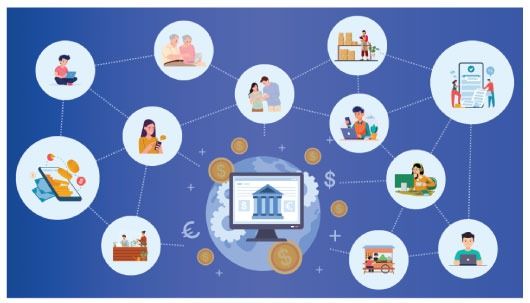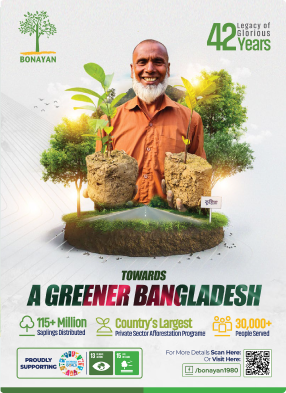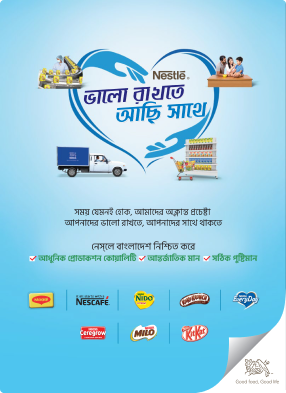- info@ficci.org.bd
- |
- +880248814801, +880248814802
- Contact Us
- |
- Become a Member
- |
- |
- |
- |
- |

Context
Bangladesh's cashless opportunity is a dichotomy of a glass half full or half empty. With 85% of the population employed in the informal sector, most of them residing in rural areas and none having the requite digital tools, impedes technology adoption. When they do adopt, they do not have much to choose from as it is concentrated within a few players and even then, 1 in 10 mobile financial service users report fraud, which discourages adoption. In addition, Interoperability systems, which allow seamless transactions across platforms, are underused if not non-existent. Banks spend Tk 260 crore annually on cash handling, and the government prints currency worth Tk 20,000 crore per year, indicating persistent demand for physical money.
On the other hand, rapid advancements in digital infrastructure, increasing smartphone penetration, and a growing appetite for innovation, the country is also equally uniquely positioned to embrace a cashless ecosystem. Transitioning to a cashless society is not merely a technological upgrade, it is a transformative shift that can empower individuals, strengthen businesses, and catalyze inclusive economic growth.

The Case for a Cashless Ecosystem
A cashless ecosystem refers to an economy where financial transactions are conducted digitally, i.e., through mobile wallets, cards, QR codes, and online banking, rather than using physical cash. For Bangladesh, this shift offers several compelling advantages:
1. Financial Inclusion: A sizable portion of Bangladesh's population remains unbanked or underbanked. Digital financial services can bridge this gap by offering accessible, low-cost solutions. Mobile financial services (MFS) have already demonstrated how digital platforms can reach remote and underserved communities.
2. Transparency and Security: Digital transactions reduce the risks associated with cash handling, such as theft, fraud, and corruption. They also create a transparent trail, which is crucial for governance, taxation, and accountability.
3. Efficiency and Convenience: Cashless payments streamline everyday transactions, from buying groceries to paying utility bills to saving time and reducing friction. For businesses, digital payments simplify accounting, payroll, and inventory management.
Empowering People: Inclusion, Access, and Opportunity
The cashless movement can be a powerful tool for social empowerment in Bangladesh:
1. Women's Financial Empowerment: Digital wallets and mobile banking allow women, especially in rural areas to manage finances independently, receive remittances, and participate in the economy without needing to travel or rely on male intermediaries.
2. Youth and Gig Economy Workers: Young people and freelancers benefit from instant payments, online marketplaces, and access to global platforms. This opens doors to entrepreneurship, remote work, and digital careers.
3. Farmers and Rural Communities: Digital payments can facilitate direct-to-consumer sales, reduce dependency on intermediaries, and enable access to microloans and insurance products tailored to agricultural needs.

Empowering Businesses: Growth, Innovation, and Formalization
1. Market Expansion: Digital payments enable businesses to reach customers beyond geographic boundaries. E-commerce platforms, social media shops, and delivery services thrive on cashless transactions.
2. Access to Finance: Digital transaction histories help businesses build credit profiles, making it easier to secure loans and attract investors. Fintech solutions can offer tailored financial products based on real-time data.
3. Operational Efficiency: Cashless systems reduce overhead costs related to cash handling, improve inventory tracking, and enhance customer experience through faster checkouts and loyalty programs.
4. Formalization and Tax Compliance: Digital payments encourage businesses to operate within the formal economy, improving tax collection and enabling better policy support from the government.
Challenges and the Way Forward
Despite the obvious benefits there are specific headwinds that does inhibit the adoptions of digital technology to enable a cashless Bangladesh.
1. Digital Literacy: Many users, especially in rural areas, lack the skills to navigate digital platforms. Targeted education and awareness campaigns are essential.
2. Infrastructure Gaps: Reliable internet connectivity, smartphone access, and robust cybersecurity frameworks are prerequisites for a secure cashless ecosystem.
3. Trust and Adoption: Building trust in digital systems requires consistent service quality, fraud protection, and user-friendly interfaces.
4. Policy and Regulation: A supportive regulatory environment is crucial. This includes data protection laws, interoperability standards, and incentives for digital adoption.

Strategic Recommendations
To accelerate the transition, stakeholders across sectors must collaborate:
1. Government: Lead by example through digitizing public services, subsidies, and tax payments. Offer incentives for digital transactions and invest in infrastructure.
2. Private Sector: Innovate user-centric solutions, expand merchant acceptance, and partner with telecoms and banks to scale outreach.
3. Civil Society and Academia: Promote digital literacy, conduct research, and advocate for inclusive policies.
4. International Partners: Share best practices, provide technical assistance, and support capacity- building initiatives.
Conclusion
A cashless Bangladesh is not just technological solution it is a key to social and economic empowerment. It is an achievable goal with far-reaching benefits. By embracing digital payments, the country can unlock new opportunities for its people and businesses, drive inclusive growth, and position itself as a leader in South Asia's digital transformation. The journey requires vision, collaboration, and commitment-but the rewards are profound: a more empowered, resilient, and prosperous Bangladesh.





